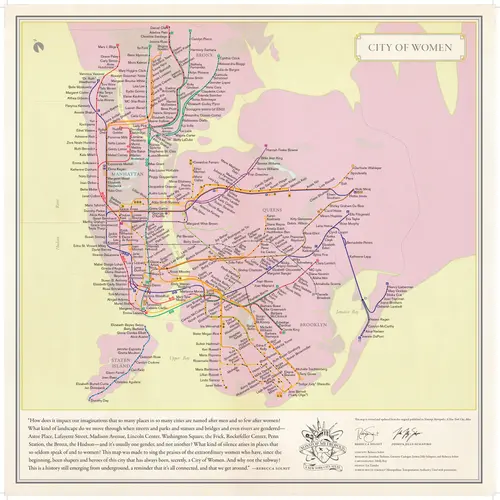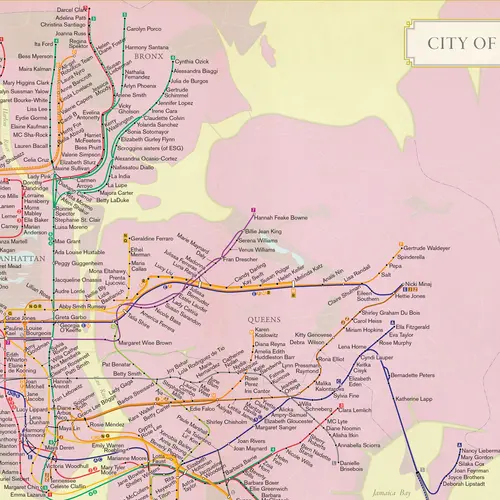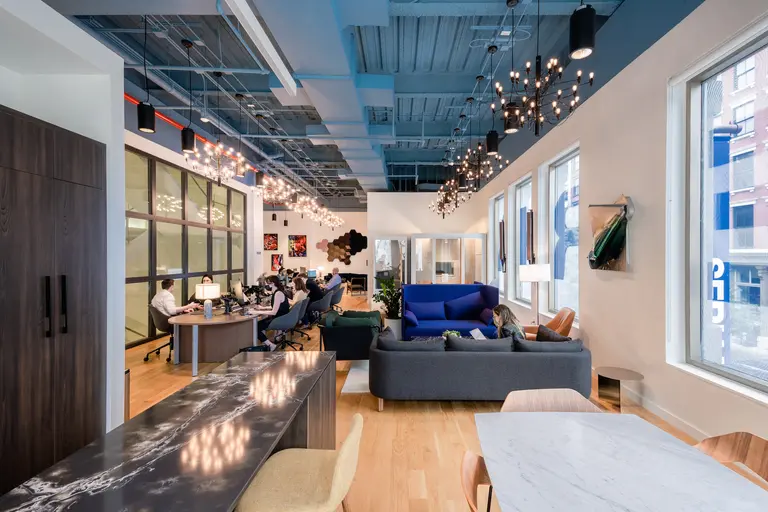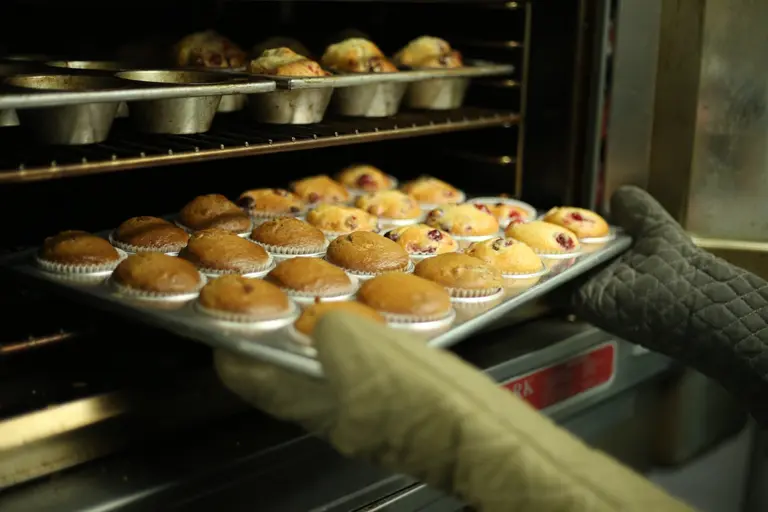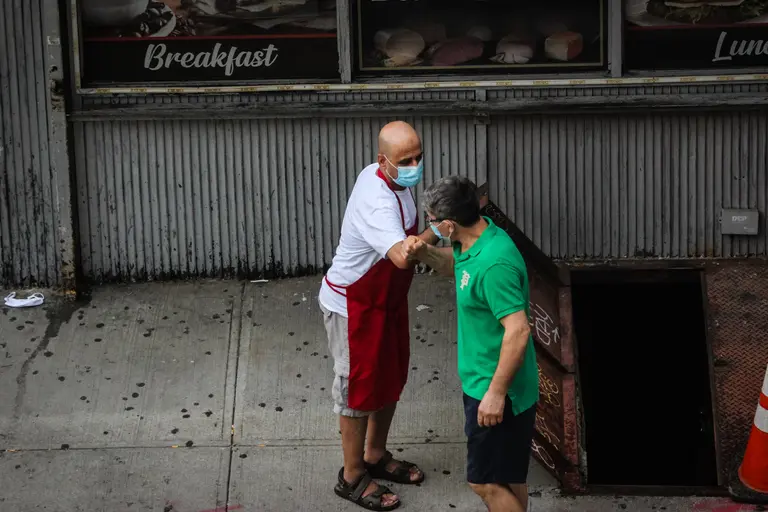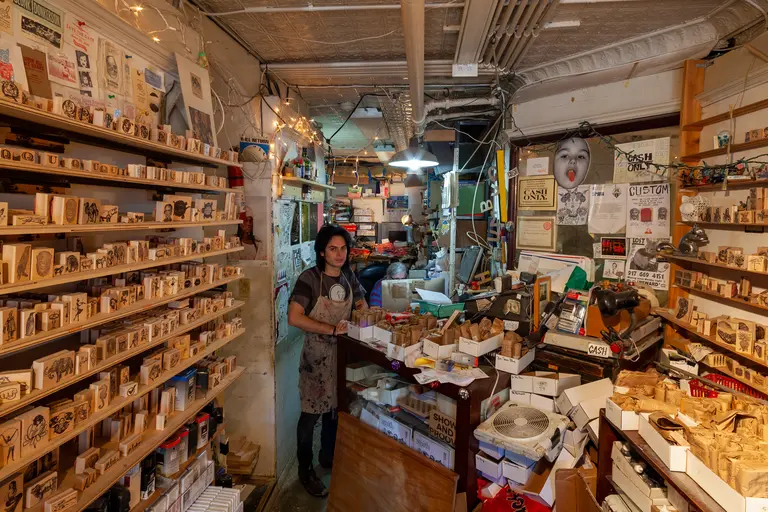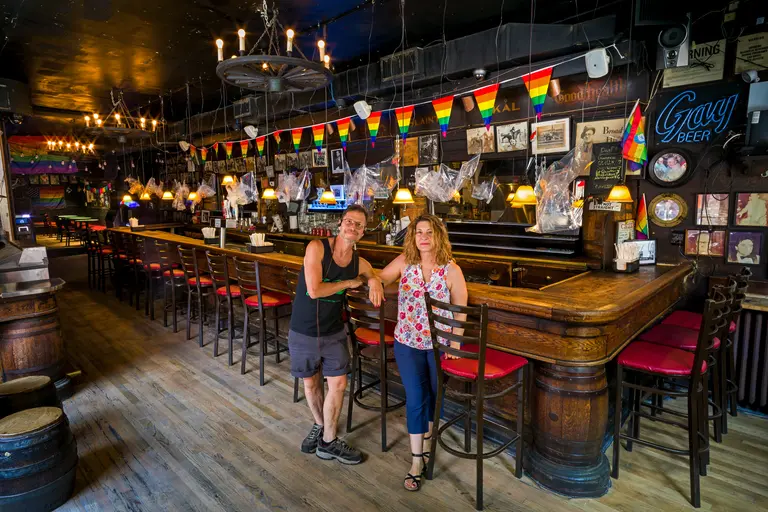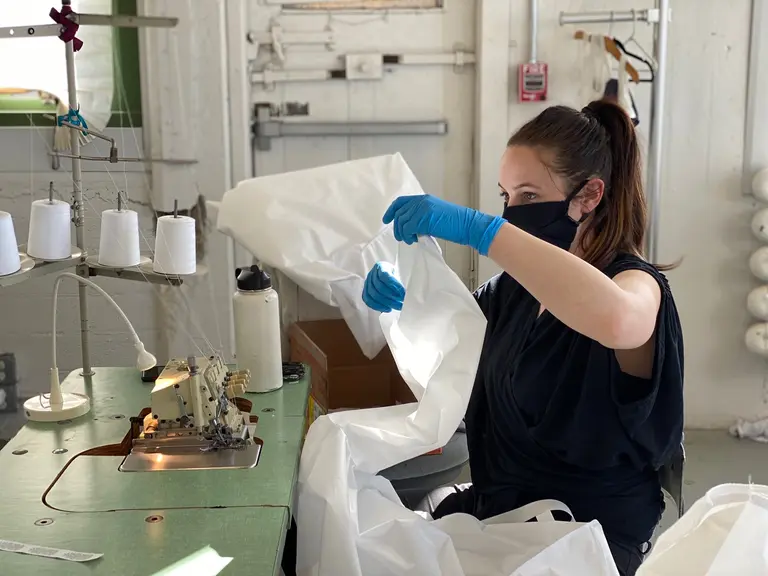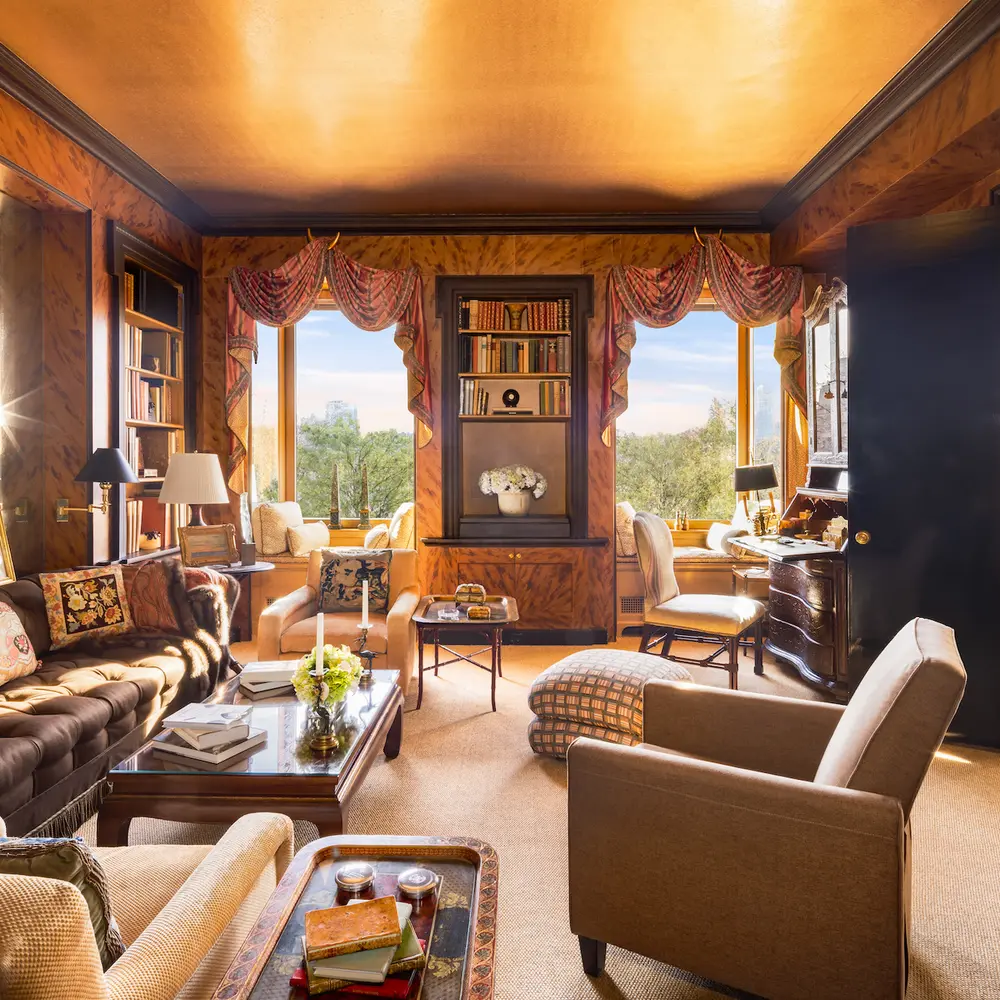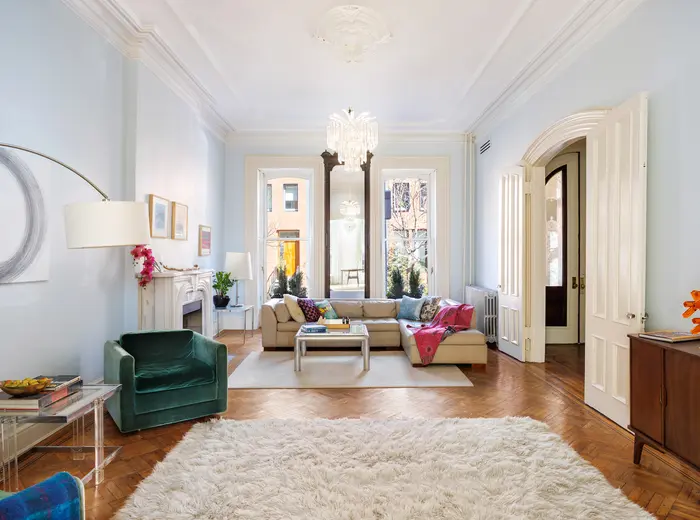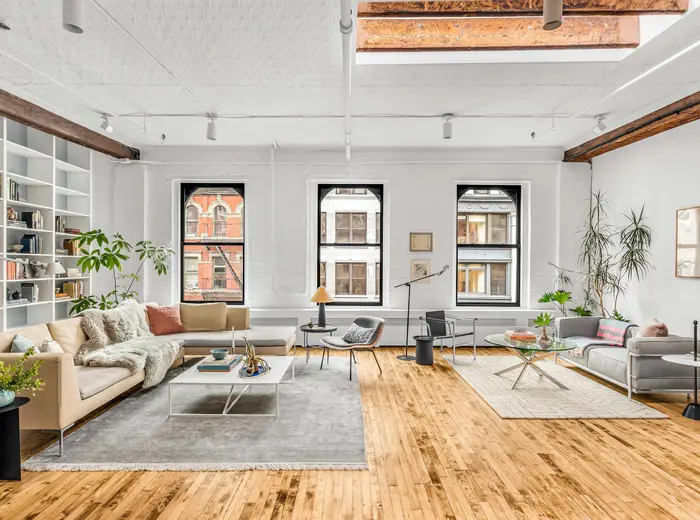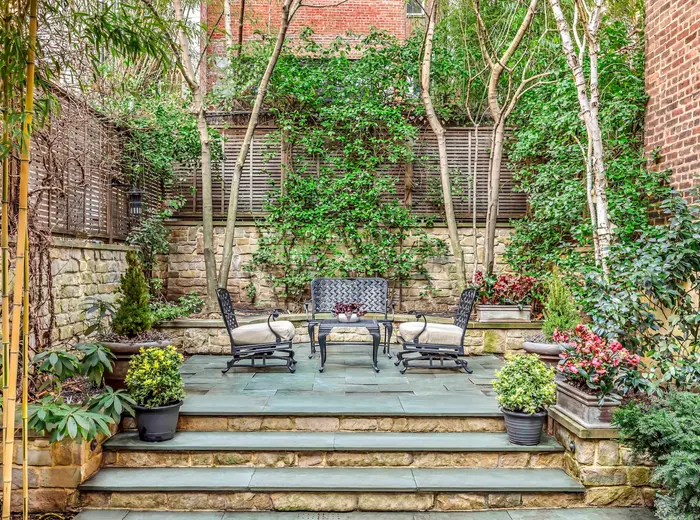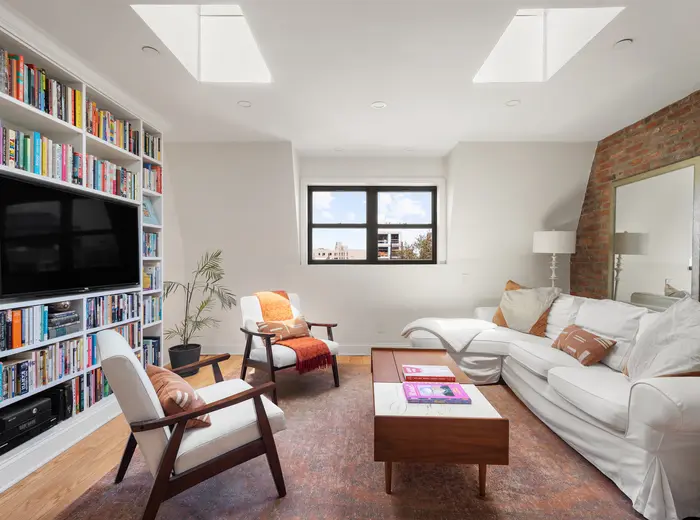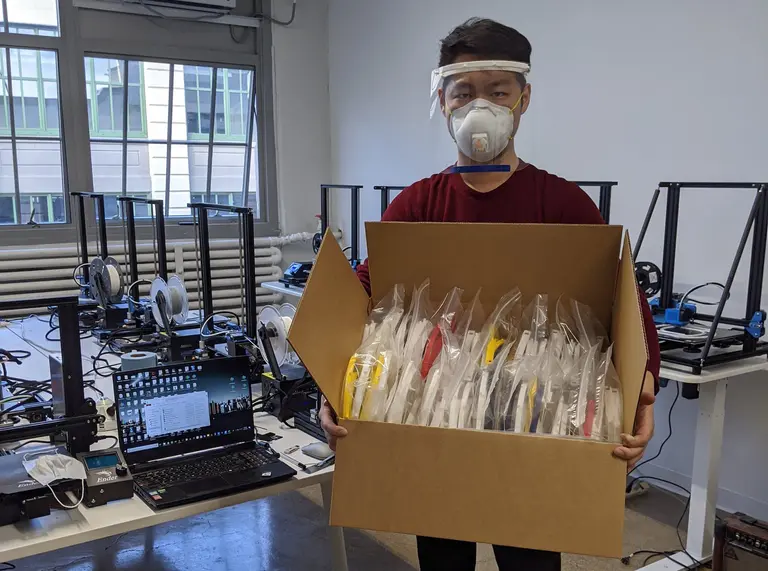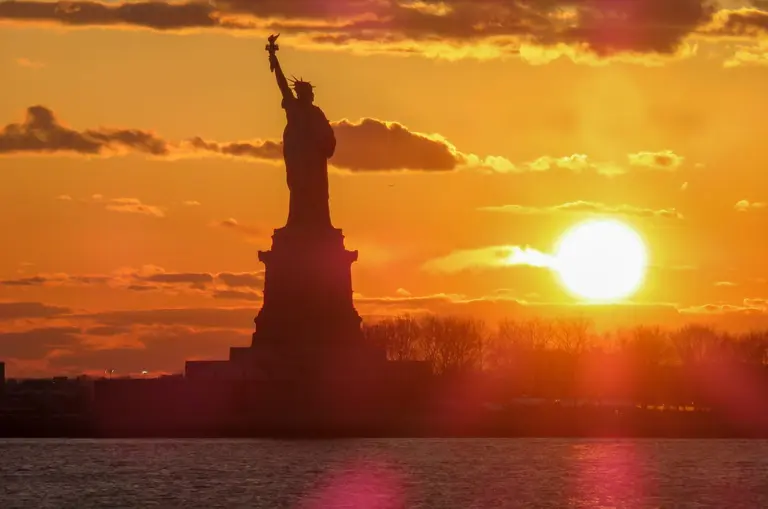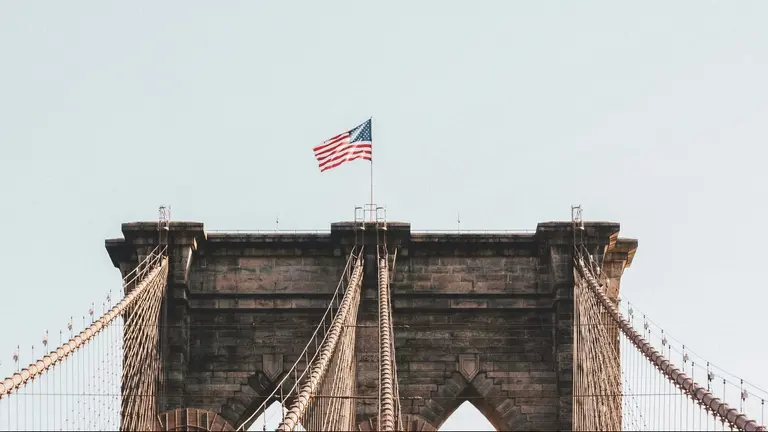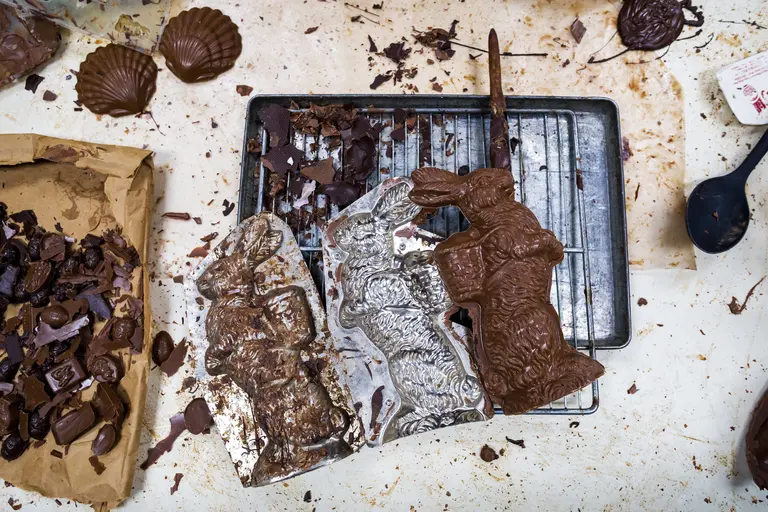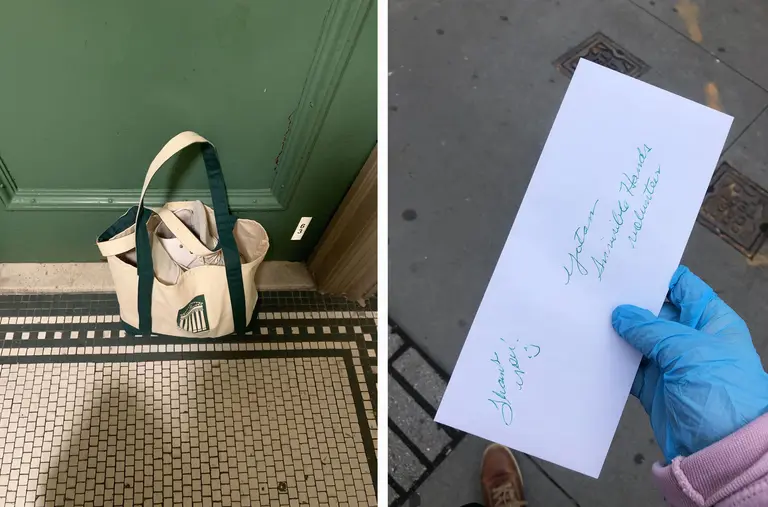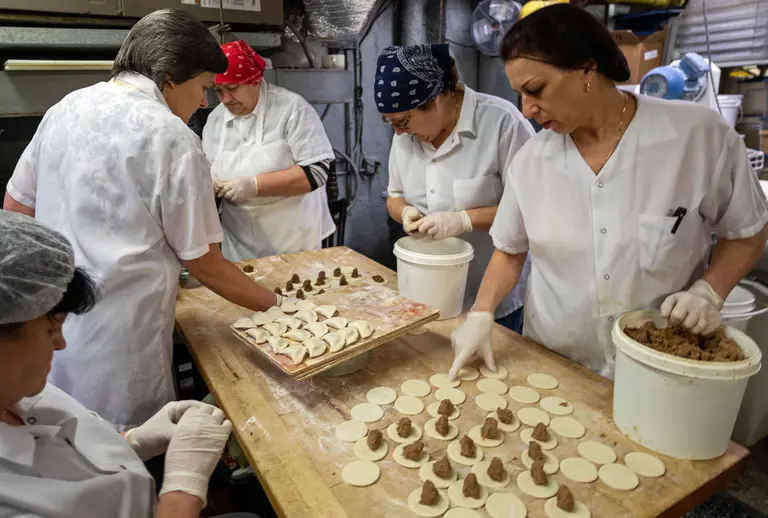New City of Women map assigns a significant female figure to all 424 subway stations
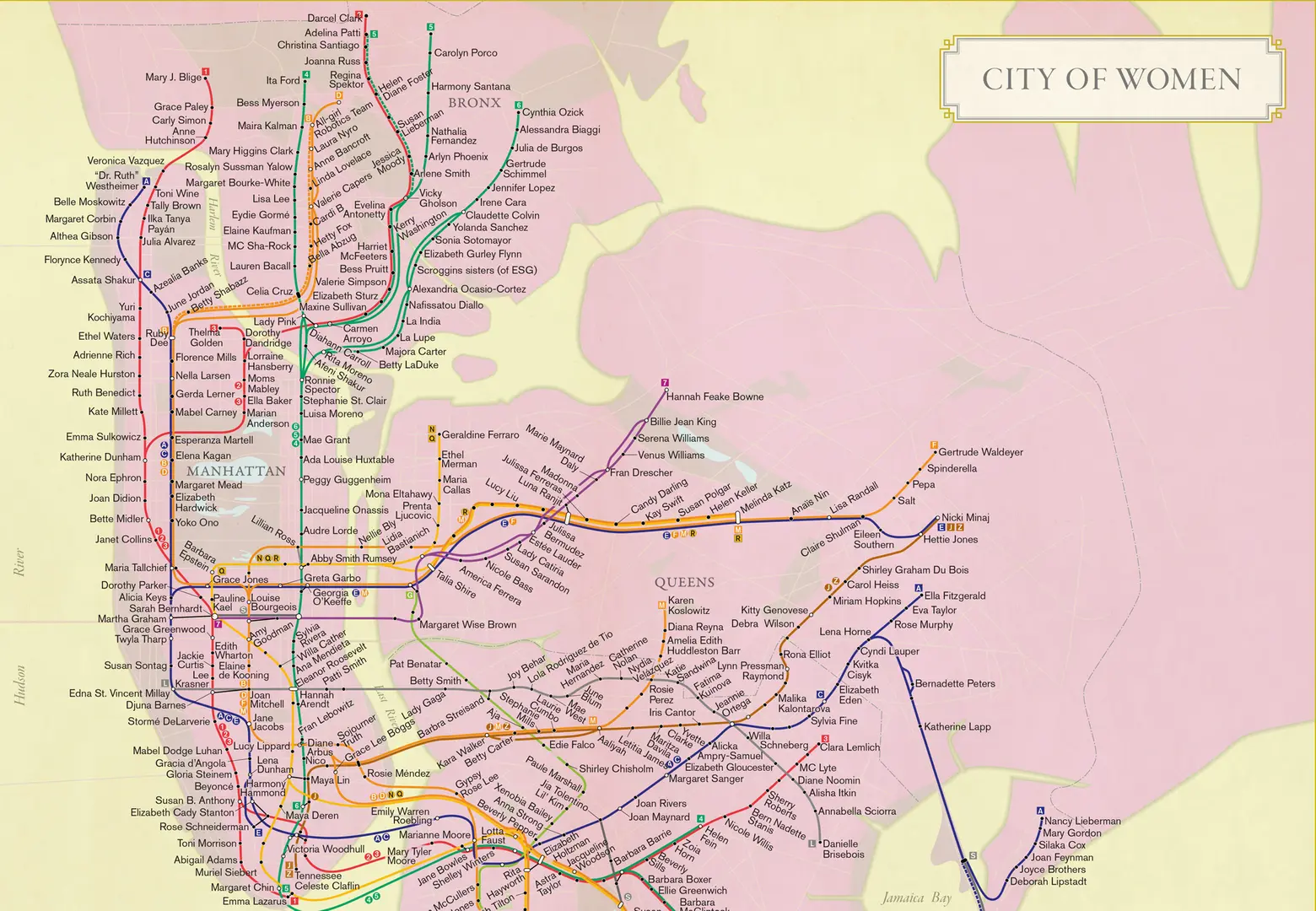
A portion of the map by Rebecca Solnit and Joshua Jelly-Schapiro, courtesy of the New York Transit Museum
Three years ago, journalist Rebecca Solnit and geographer/writer Joshua Jelly-Schapiro created City of Women, a subway map that replaces stations with significant women in NYC’s history and cultural landscape. The map was originally part of their book “Nonstop Metropolis: A New York City Atlas,” but they’ve now done an updated version that’s currently for sale at the New York Transit Museum. In this revamp, they’ve assigned a woman to all 424 subway stations and have added 80 names, including Cardi B and Alexandria Ocasio-Cortez. Ahead, we chat with Joshua to learn more about the inspiration behind the map, how they chose the names, and what’s next.
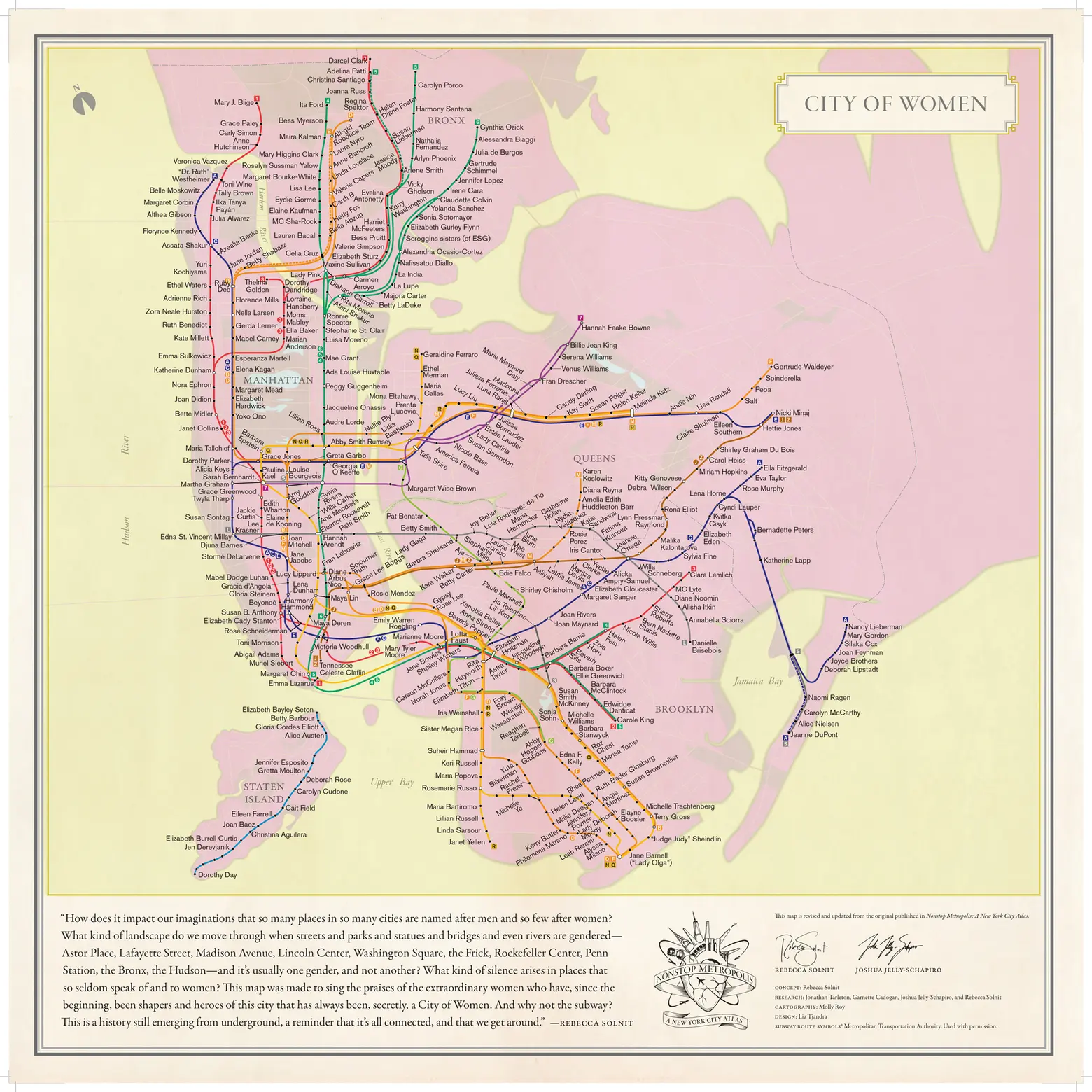
Map by Rebecca Solnit and Joshua Jelly-Schapiro, courtesy of the New York Transit Museum
Where did the original idea for the City Of Women map come from?
The original map was one of 26 imaginative maps of NYTx that Rebecca Solnit and I created for NONSTOP METROPOLIS: A NEW YORK CITY ATLAS. Rebecca proposed the idea for “City of Women,” and we worked with our atlas team to bring it to fruition. Our aim, with every map we make, is to show how powerful maps can alter our perceptions of place, and help to surface hidden histories, truths, and stories. The original “City of Women” map was an implicit comment on how the vast majority of places in NYC –as in most cities–are named after men. Streets, parks, squares, you name it–we live, as Rebecca puts it, in a “manscape.” So the idea behind the “City of Women” map was to ask how our perceptions of the city, and of public space, might shift if we created a map that honored the irreplaceable and unheralded contributions of women to the city’s history and present. And what better–or more fun–map to use, and to tweak, than the one New Yorkers know best? So the concept, which we then set out to execute, was to rename every stop on the subway map (or nearly every stop, anyway!) for an illustrious NYC woman?
What was the process like the first time around selecting the women? How did you decide who to add to this version?
The process the first time around involved a whole lot of research. Of course, we had a lot of women we knew, from the start, we needed on there. But the rest, and working out where to put everyone, just involved lots of research–traditional research in libraries and books; Internet research; also, maybe most crucially, more human research and digging: consulting with friends and contacts and community leaders and organizations, to ask them who THEY wanted to see celebrated in this way.
The Manhattan stops were pretty easy–the challenges there, really, were deciding which of the many eminences to choose from got their name on, say, Union Square or by Lincoln Center. And the map is admittedly idiosyncratic; there’s no definitive way to answer those questions–our answers reflect our sensibility, but also, as I hope shows, our determination to have the map reflect the diversity of the great women who’ve made New York, in terms of age and era, background and class, vocation and field.
Getting out into the boroughs, things got a little more challenging. Of course, many, many prominent women grew up in the Bronx and Queens and Brooklyn and Staten Island–and they’re on the map–but finding those women who may not be world-famous but are famous indeed in their own neighborhoods: that took a little more digging. And in fact, one main impetus for the new version was to dig a little deeper still–to find great names to fill in some of the train lines, in outer Queens and the Bronx, for example, where not every stop had a name on the first version. And since our publisher wanted to release a second edition of the map, we took it as a chance to add some women who’ve become NYC icons, and important public figures, since the first one came out–you best believe there’s now a stop up in the Bronx named for AOC! We’ve gone from 200-something names on the first map to over 300 on this one, so it is a leap.
What do you hope people will get from the map?
The map aims to educate and to open eyes (“I didn’t know that so-and-so grew up in Flatbush!”) and also to provoke questions: why ARE so few pieces of public infrastructure, and so few public monuments or public places of any kind, named for women? And how does this lack–this imbalance–impact our understanding both of history and of what’s possible now? How might we behave or think differently in a city whose public spaces did more to honor the rights and contributions of women and girls? These questions have grown much more prominent in our national life since the first map came out, and we’ll be thrilled if the second version can continue feeding these vital conversations.
Any upcoming projects you can tell us about?
Rebecca and I say we’re retired from making atlases, but she has brilliant new books coming out all the time. And my own personal obsession with the history and politics of place-names in the city is feeding a new project–my book NAMES OF NEW YORK will be out next year.
RELATED:
